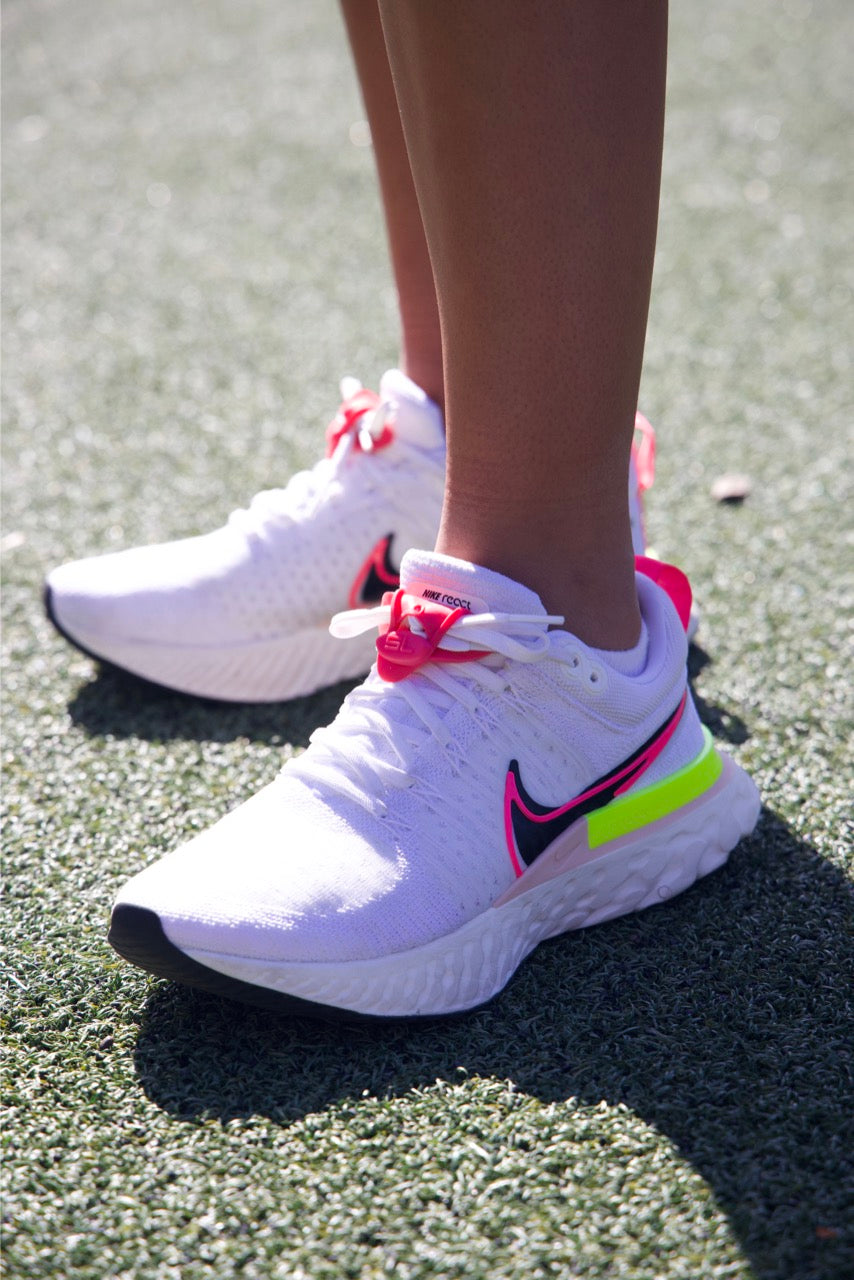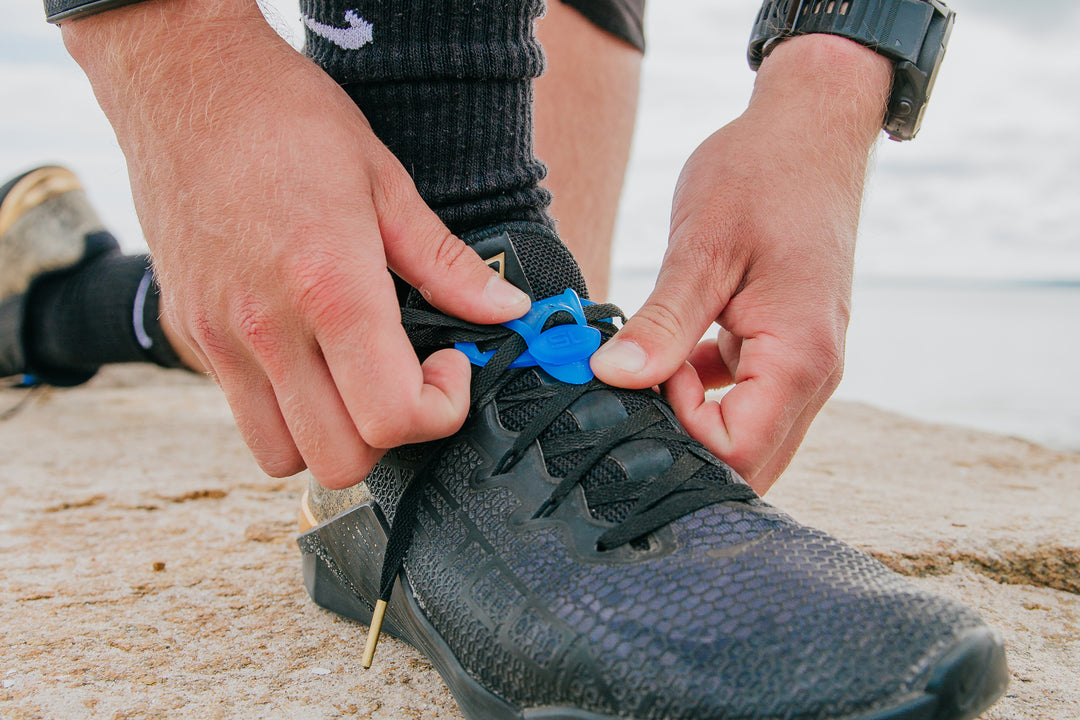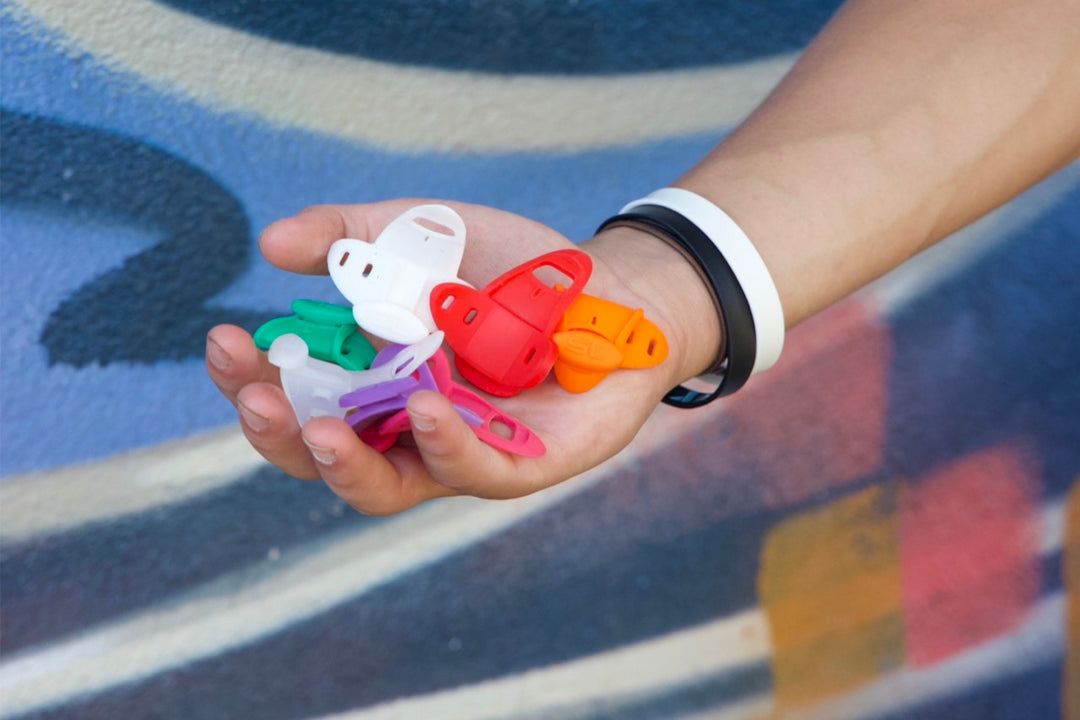HOW MUCH TIME DO NBA STARS SPEND TYING THEIR LACES? MORE THAN YOU THINK!
🏀 The Hidden Time Out: How Much Time NBA Players Spend Fixing Shoelaces
In basketball, every second matters. We focus on shot clock, transition defense, fast breaks but one of the most overlooked mini breaks in the game might come down to something as simple as tying a shoelace.
Believe it or not, NBA players spend time during games repeatedly retying or adjusting their laces. What seems trivial can add up and sometimes even become a league leading stat.
⏱️ The Mini Interruptions That Add Up
- Watching live games, you’ll often catch players bending down mid-sequence, avoiding play to resecure a lace.
- Some estimates suggest many players do this 3 to 5 times per game, totalling 2–3 minutes per game lost to shoelace adjustments.
- Over an 82 game season, that’s several hours of time spent just on maintaining one’s footwear.
Even among elite athletes, these small interruptions can affect rhythm, focus, and readiness for the next play.
🔍 Bradley Beal: The Unlikely Shoelace Leader
Bradley Beal leads the NBA in time spent tying his shoes according to a niche analytic method.
- After basketball writer Zach Lowe posed the question on social media “Why are Bradley Beal’s shoes coming untied multiple times per game? Synergy analyst Todd Whitehead dug into player-tracking data.
- Using skeletal tracking, Whitehead looked for instances where a player’s thumbs were close to the ankles a possible indicator of tying laces or adjusting socks.
- According to that data, Beal logged 64 seconds of shoe tying time during live gameplay, the most of any player.
- The next closest? Orlando’s Jalen Suggs, with about 49 seconds.
- Some publications like Sportskeeda have joked that Beal made $13,662.03 while tying his laces (i.e. he earned that much at his salary rate for the time spent tying.
👟 Why Laces Come Loose - Even for Elite Athletes!
A few contributing factors:
-
Movement & Friction: Rapid cuts, lateral motion, and constant foot movement put stress on laces and eyelets.
-
Sweat & Moisture: Wet laces are more slippery and prone to slipping from knots.
-
Knot Technique: A basic knot may not be enough to secure laces.
-
Shoes, Materials & Wear: Some materials are more rigid, others softer, wear and tear can loosen eyelets or make lace tension less stable.
📌 Lessons for Coaches, Athletes & Fans
- For young and amateur players, secure lacing is a small but essential habit, it prevents trips and distractions.
- Coaches should emphasise, good lacing techniques and securing with Safe Lace.
- Tracking odd stats (like shoelace tying time) reveals how even small behaviours matter in high performance sports.
🤔 Closing Thought
Even in the competitive world of the NBA, the most glamorous plays and highlight dunks exist alongside modest, mundane acts like bending down to re tie your laces. That’s what makes sport so fascinating: every detail, no matter how small, can become part of the narrative.
And in this odd little stat, Bradley Beal holds the crown, the NBA’s reigning shoelace king, at least until someone re-ties more.








